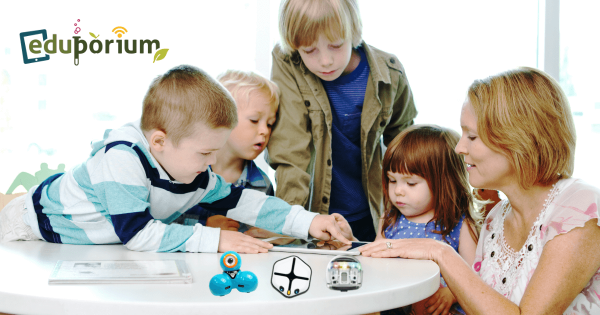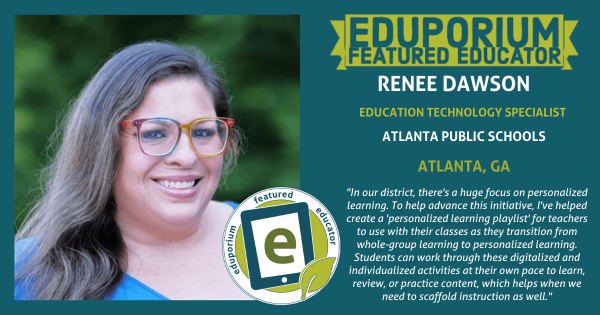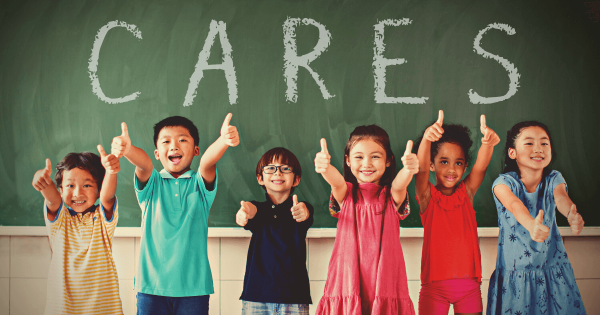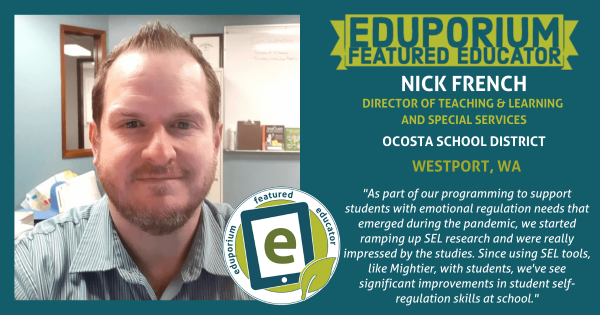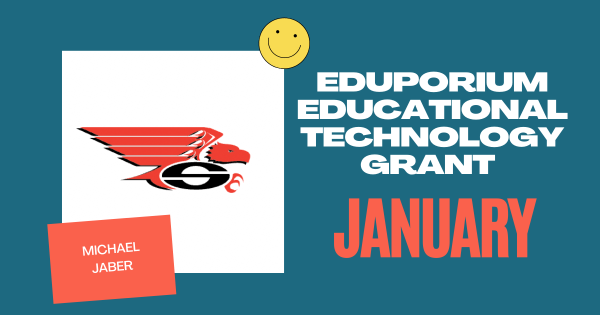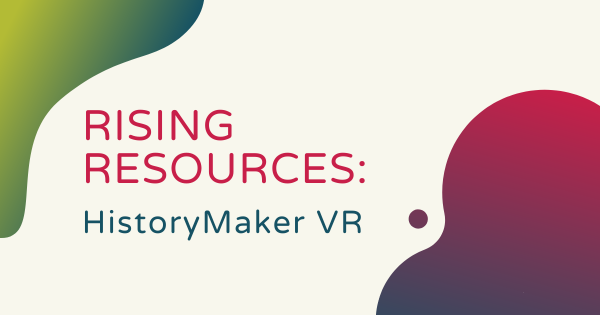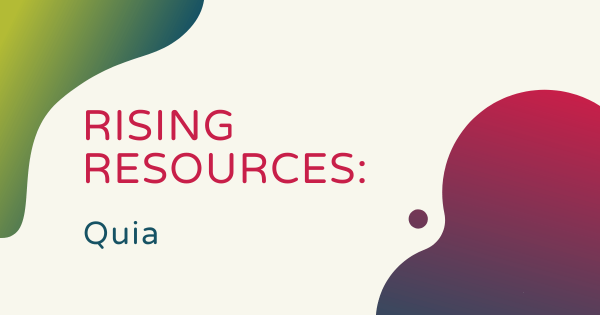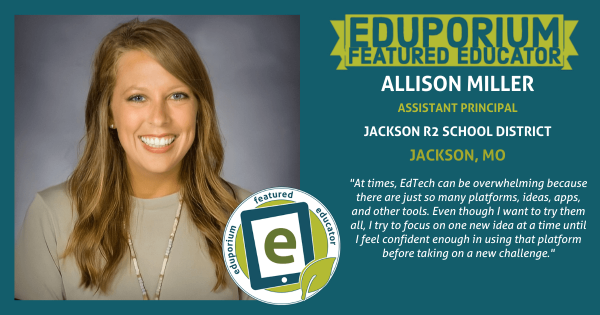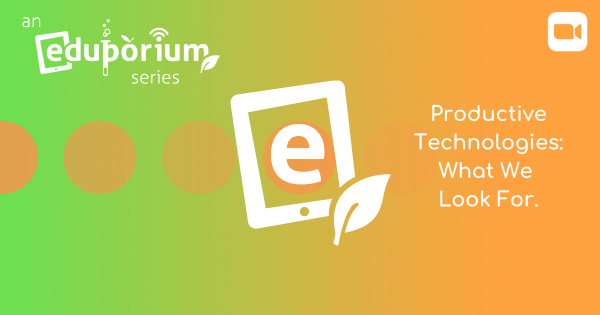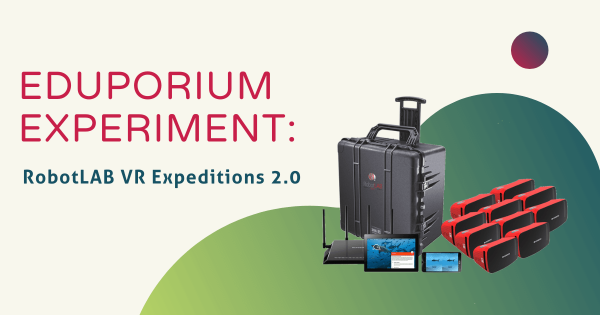Detailed planning and commitment are both essential in managing student learning loss as educators work to understand the pandemic’s impact. Not only are tons of students experiencing new, academic-related gaps, others still need a whole lot of social-emotional support. And, it’s our belief that in returning to social-emotional norms, we can truly help kids academically.
EdTech
Educational technology has, of course, completely transformed how today's K-12 students learn. From basic 3D printers and virtual reality systems to simple coding robots and screen-free building tools, countless numbers of educators have been able to affect education for the better and help children develop transferrable skills for the real world. Since EdTech now covers so many areas, however, there often remains a lot for teachers to learn about and explore. Not every technology tool will impact your students in the same ways, nor will they enhance every single lesson. It's more about finding the right solutions for the right situations and building high-quality instruction from there. In this section, we cover everything from specific classroom STEM kits to insights on integrating EdTech tools in teaching. And, we'll continue adding new resources with thoughts on the many branches of the EdTech tree.
EdTech resources are constantly impacting student development and redefining how educators can engage them. Besides those hands-on technologies, digital tools and platforms also play a huge role in learning. From coding or artificial intelligence to social-emotional learning, the instant availability of EdTech resources generates many revolutionary opportunities all throughout the world of K-12 and higher education. When it comes down to it, however, equitable access to technology can be a complete game changer. With these opportunities, students can build the hard and soft skills to navigate our increasingly complex world. And, no matter how complex or simplistic EdTech activities are, they can help catalyze that development. We encourage you to browse the content below and reach out to our team with any questions.
-
Eduporium Featured Educator: Renee Dawson
Renee is an education technology specialist with the Atlanta Public School System and she’s seen firsthand how shifting from traditional instruction to more detailed strategies often truly impact how students learn. To that end, one of the biggest areas that she and her colleagues have placed focus on is personalized learning in education. Read on to learn how she’s done -
CARES Act And Education: Using Emergency Relief Funds
Essentially, government officials passed legislation in support of financial assistance for key education-related projects, initiatives, and resources to come from the state level. This means that each state government must provide funds for the schools in that state. And, there’s a lot that school and district leaders can spend it on—as well as a time frame. -
Eduporium Featured Educator: Nick French
In our newest Featured Educator post, we hear from Nick French, the Director of Teaching and Learning and Special Services for the Ocosta School District. Like so many other educators, Nick and his team have adopted targeted SEL approaches, including the Mightier SEL games, to help push past new difficulties students faced after the pandemic. -
Our January Grant Goes to Michael Jaber from Wisconsin!
This month, we’ve selected Michael Jaber, a high school administrator from Sheboygan, WI as the recipient! Michael works at the Sheboygan South High School and he’s been brainstorming how to capitalize on the high levels of school spirit they have by brining as many students as possible together to work on a project for the whole school community. -
Rising Resources | HistoryMaker VR
History might not necessarily be the favorite subject for some students but combining it with VR experiences often enhances intrigue. There are a lot of virtual reality-based learning tools available to educators now—adding a lot of options for instruction. In this Rising Resources post, we’re going to tell you about one called HistoryMaker VR. -
Rising Resources | Quia + Student Review Activities
Typically, with online review tools, educators can find and utilize materials for the most general and common school subjects. With Quia, there are tons of specific review materials for all students and teachers to access. Beyond general math, science, and English content, Quia has valuable games for everything from SAT skills to world languages and more. -
Eduporium Featured Educator: Allison Miller
To kick off 2022, we’re hearing from Allison Miller, an assistant principal in the Jackson R2 School District in Jackson, Missouri. Allison has seen students benefit from tech-based learning experiences in a number of ways, including enhanced authenticity, bringing the 4 Cs to life, and many other outcomes. Keep reading to learn more about her efforts! -
Video: Productive Technology—What We Look For
Since our mission is to get every student learning and exploring with technology, we know that we first need to make completely certain that every STEM tool on our store is useful to them. That’s why our team vets everything we recommend to educators, so they know it’s worthwhile for both them and their students as they work to prepare -
Eduporium Experiment | The VR Expeditions 2.0 App
With this Expeditions 2.0 app, students can access extremely high-quality 4K images and, now, they can explore that same high-definition content in a video format also. Built to help make possible what was previously much more challenging for children to explore (pandemic or not), the Expeditions 2.0 platform works with existing VR content and the RobotLAB systems.




